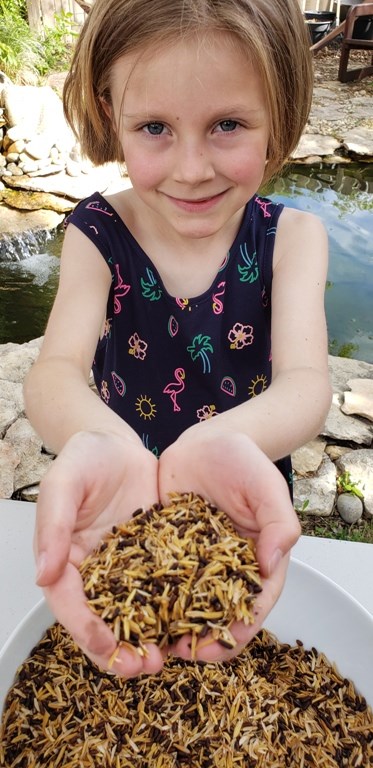There has been such a tremendous response to my recent article on biologicals and particularly in fly control that I thought it necessary to share the following article. For any type of biological control, the problem is never instantly fixed. Next week, we will focus on how a biological control works and what is necessary to see success.
Fly control is an essential component of any high density livestock production enterprise as they can be home to a number of different fly species. It is impossible to gain total elimination of the fly population as it is just too easy for flies to feed and reproduce. However, it is possible to develop an integrated pest management strategy that will naturally manage and control fly populations.
It is often typical for livestock producers to look at fly control as a “one tool job” that generally includes some type of insecticide. Today, the choice of effective pesticide use has been limited as fly populations are rapidly developing resistance to most insecticides and consequently fly population are not effectively controlled by many insecticides. There is also the concern of insecticide residues in livestock product, worker health and safety and overall environmental impact associated with the use of chemicals.
Parasitic insects aren’t the only method of reducing fly populations, but a specific selection of those wasps are one way to control flies. I like to use a number of different species of wasps to get the best control of flies. The first thought that generally comes to mind when we hear wasp is those critters who are easily seen by humans at eye level and whose stingers can be experienced when we encroach on the wasp territorial needs. The parasitic wasps used for fly control are part of the wasp family that measure less than a millimetre and who rarely, if at all, fly much above the ground. Their stingers would not be felt by a human, and in fact those producers using parasitic wasps for fly control rarely, if ever, see this effective method of fly control. Their sole purpose in life is to reproduce in fly pupae. They are host specific as many biologicals are. They are a wasp by definition, but they really are more of a soil insect. The stingers of these wasps have more of an impact on insect pupae and do not bother you or your livestock.
They are a parasitic biological control as they break the lifecycle of the fly by laying their eggs in the fly pupae. The wasps then hatch, devour the fly larvae, and mate to form a new generation. The lifespan of the wasps ranges from 16 to 28 days, depending on the species. The wasps’ duties include crawling, digging and searching. They fly to move themselves a little bit, but they’re basically crawlers and are useful in horse corrals, cattle feedlots, dairies, poultry houses, swine facilities and kennels. Any type of manure producing facility or fly breeding area will be an attractive method of controlling flies. The wasps do not harm vegetation and are also used on a variety of crops and horticultural or ornamental plants. The wasps are effective against most field-type breeding flies including the typical house fly, horn fly, blow fly, black flies, cluster flies and stable fly with some control against the horse and deer fly.
As with any biological control, it is important to realize the parasitic wasps are not a cure-all. Integrated pest control includes baits, traps, residual wall sprays and general cleanliness. It is important to develop a control program that is custom designed to your specific needs.
As a result, you will not see an immediate elimination of flies from your environment after introducing the parasites. It can take anywhere from 30 days to a year or more to attain the desired control levels, depending on a number of factors. These factors include: the time of year; the number of flies present to start with; untreated breeding areas within migrating distance of your location; weather conditions; past history; and supplemental efforts used in conjunction with parasite releasing (i.e. clean-up, insecticide use, etc.). As with any pest problem one of the first steps to solutions is identifying specific pests, study their lifecycle and then find suitable solutions.
If you would like more information please contact us at [email protected]or go to our website at
Hanbidge is the lead horticulturist with Orchid Horticulture. Find us at ; by email at [email protected]; on facebook @orchidhort and on instagram at #orchidhort.




